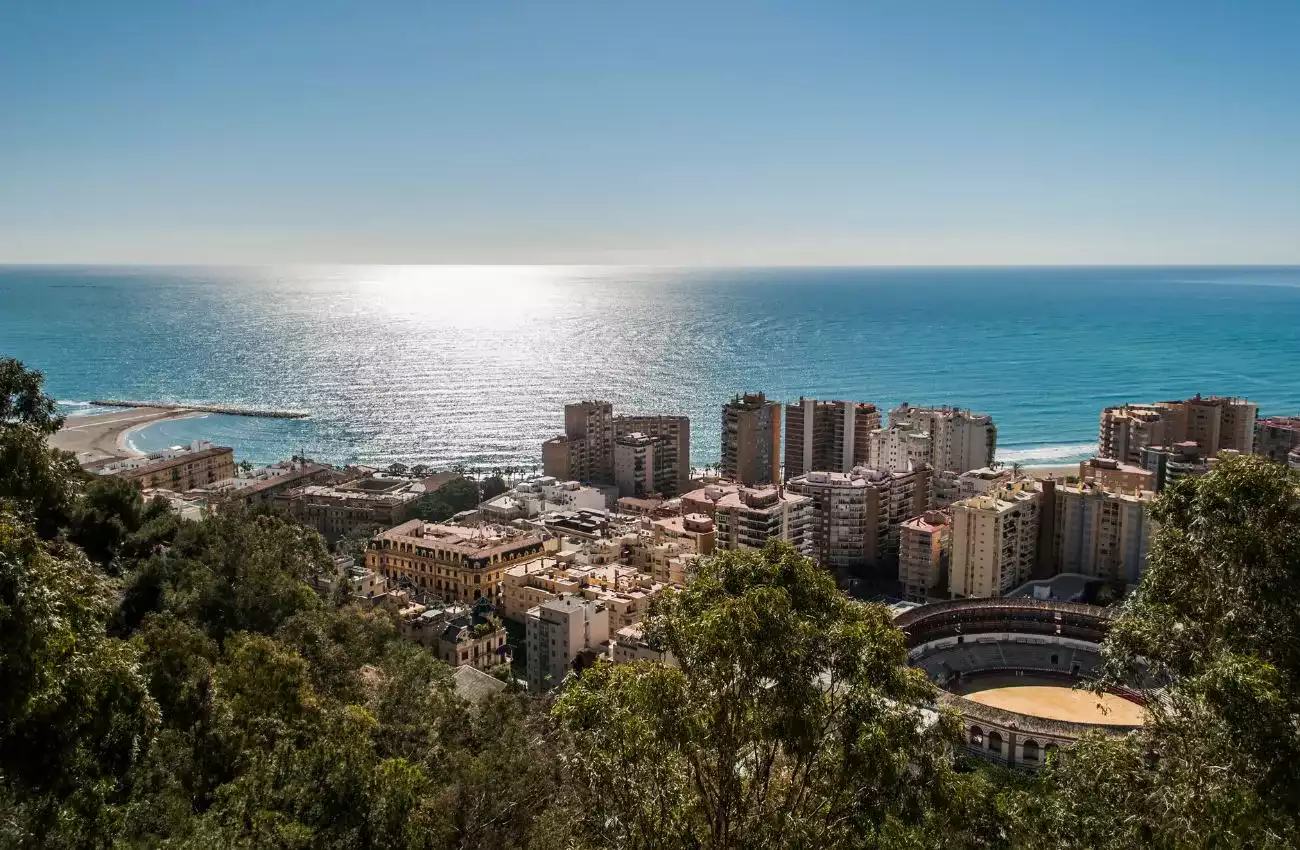Phone:
(701)814-6992
Physical address:
6296 Donnelly Plaza
Ratkeville, Bahamas.

Costa del Sol, located on Spain’s southern coast in the Andalusian region, is known for its rich history and diverse architecture, shaped by centuries of cultural influences.
The history of Costa del Sol dates back to ancient times, with settlements from Phoenicians, Romans, and Moors leaving significant imprints. The region was part of the Roman Empire, which established towns and infrastructure that can still be seen in ruins such as those in Marbella and Estepona. Later, the Moors ruled the region for several centuries, profoundly shaping the architecture, culture, and urban layout of the cities.
After the Reconquista in the 15th century, the Catholic Monarchs reclaimed the area, transforming it through Christianization while preserving many Moorish influences, especially in architecture. The coastal cities played important roles in maritime trade during the Renaissance, and by the 19th and 20th centuries, Costa del Sol emerged as a tourist hotspot, particularly with the development of the tourism industry in the mid-20th century.
The architecture of Costa del Sol is a blend of ancient, Moorish, and modern styles. Notable architectural influences include:
Málaga, the largest city in Costa del Sol, boasts a rich history and a mix of architectural styles. The Alcazaba of Málaga, a Moorish fortress dating to the 11th century, offers insight into the Islamic past. Nearby, the Cathedral of Málaga, built on the site of a former mosque, is an example of Renaissance architecture with Baroque elements. Additionally, the city has modern landmarks such as the Pompidou Centre.
Marbella, known for its luxury tourism, is also rich in historical and architectural treasures. The old town, Casco Antiguo, features narrow streets, whitewashed houses, and plazas that reflect traditional Andalusian architecture. The Plaza de los Naranjos, dating back to the 16th century, is the heart of the town, surrounded by Renaissance and Baroque buildings.
Ronda, perched on a dramatic cliff, is famous for its Puente Nuevo, a stone bridge spanning the El Tajo Gorge, built in the 18th century. The town’s bullring, Plaza de Toros de Ronda, is one of the oldest in Spain and reflects traditional Spanish design. The Moorish influence is evident in the town’s Arab Baths and the Palacio de Mondragón, a Moorish palace.
Estepona has managed to preserve its historical charm despite modern developments. The town’s old quarter features typical Andalusian architecture with narrow, cobbled streets and flower-decorated houses. The Castillo de San Luis, built by the Catholic Monarchs, and the Torre del Reloj (Clock Tower) are key historical landmarks.
With the rise of tourism in the 1950s and 1960s, Costa del Sol saw the construction of numerous resorts, hotels, and luxury villas. Areas like Puerto Banús are known for their modernist, high-end architectural styles catering to international elites, featuring sleek lines, spacious designs, and contemporary aesthetics. However, even in these modern structures, there is often a nod to Andalusian and Moorish influences, blending tradition with modern luxury.
Costa del Sol’s architecture is a testament to its long, layered history, blending influences from Phoenician, Roman, Moorish, and Christian civilizations. Today, the region offers a unique mix of traditional Andalusian charm, Moorish legacy, and modern, luxurious resort architecture. This combination makes Costa del Sol not only a popular tourist destination but also an area rich in cultural and historical significance. Its buildings and city layouts tell the story of an area that has been at the crossroads of empires and cultures, evolving into a dynamic, cosmopolitan region while maintaining its historical essence.